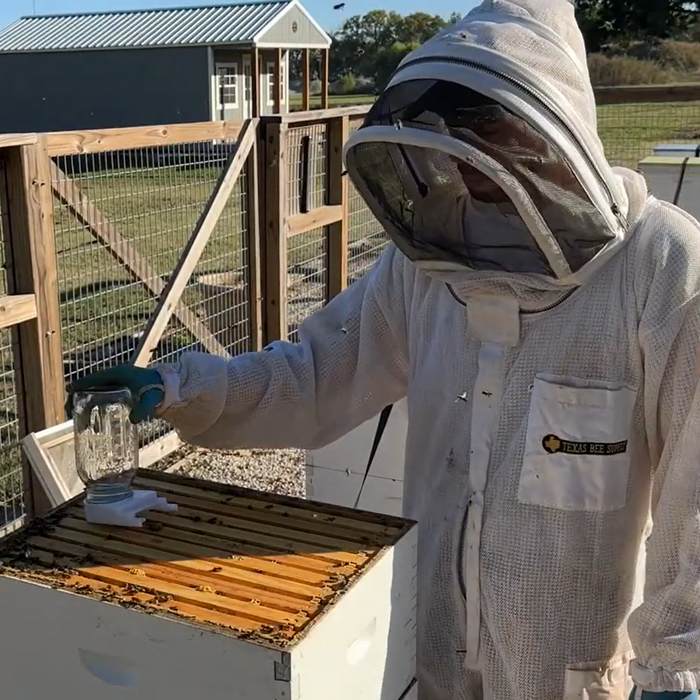
Feeding Bees in Late Fall and Winter
As temperatures drop and bees form tight winter clusters, their ability to access food becomes limited. Learn how to assess hive stores, and the best feeding methods to keep colonies strong until spring.

As temperatures drop and bees form tight winter clusters, their ability to access food becomes limited. Learn how to assess hive stores, and the best feeding methods to keep colonies strong until spring.
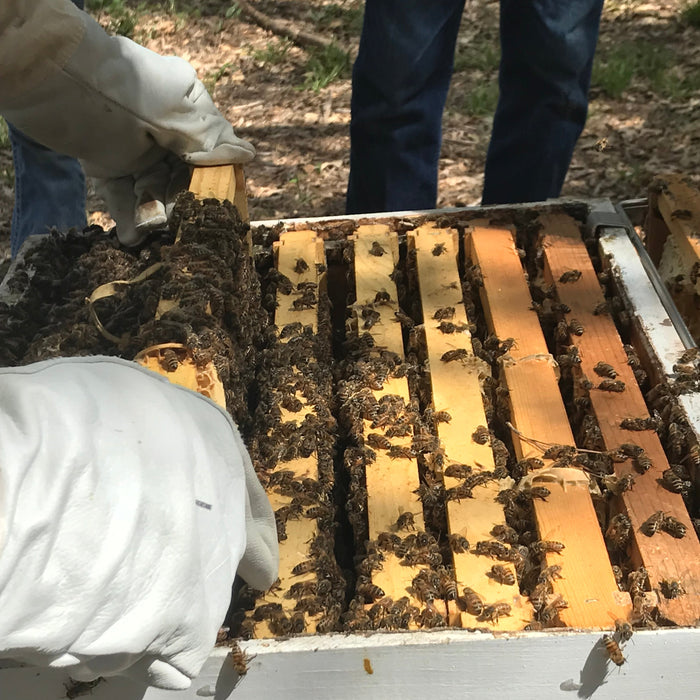
Even in late fall, it’s important to take a quick look inside your hives. With just a few simple steps, you can safely check food stores and population without stressing the bees—even on chilly days. A fast 30-second inspection can reveal exactly how your colony is doing heading into winter.
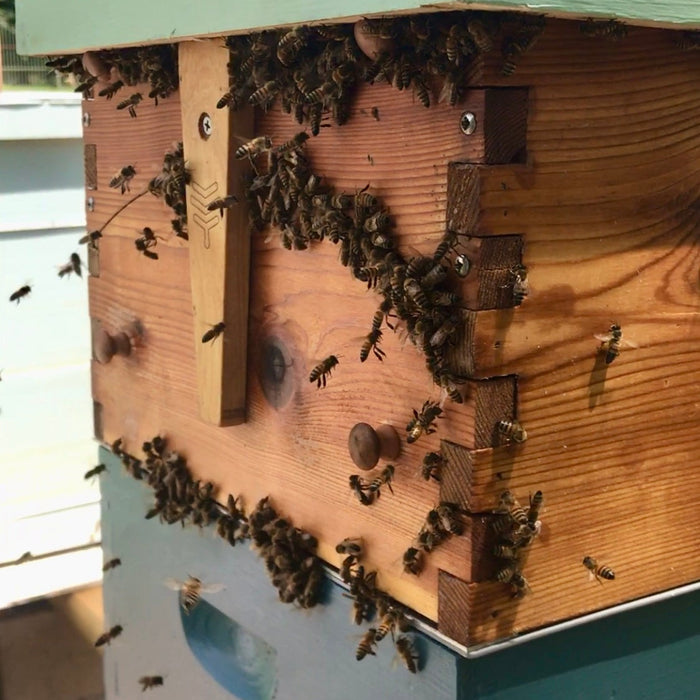
When temperatures drop and nectar dries up, some colonies turn on their neighbors. If one hive is buzzing louder and flying more frantically than the rest, it’s not extra healthy—it’s likely under attack. Learn how to recognize robbing behavior, what to do if it happens, and how to prevent it next time.
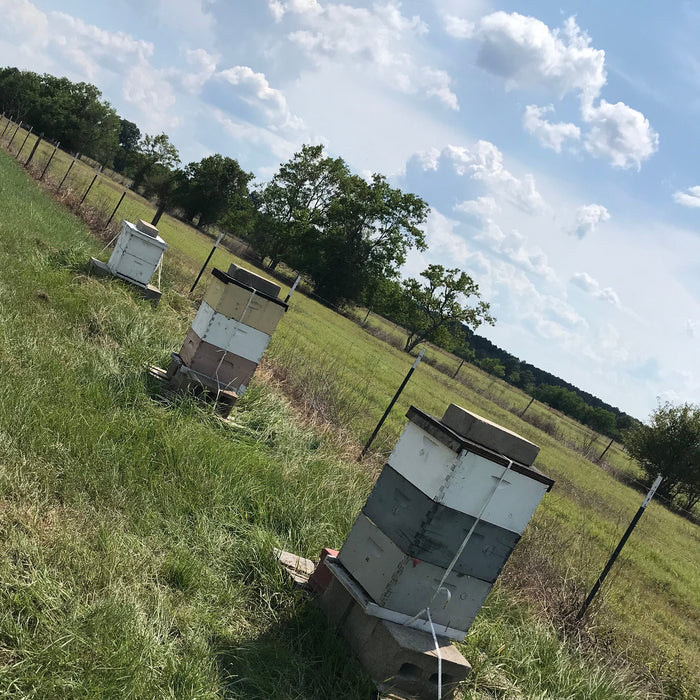
Heading into fall or winter with a weak hive is never ideal. Some hives are beyond saving, while others can rebound with the right care. Learn how to identify which colonies are worth rescuing, steps to strengthen them, and when combining hives is the smartest move for a healthy, productive winter.
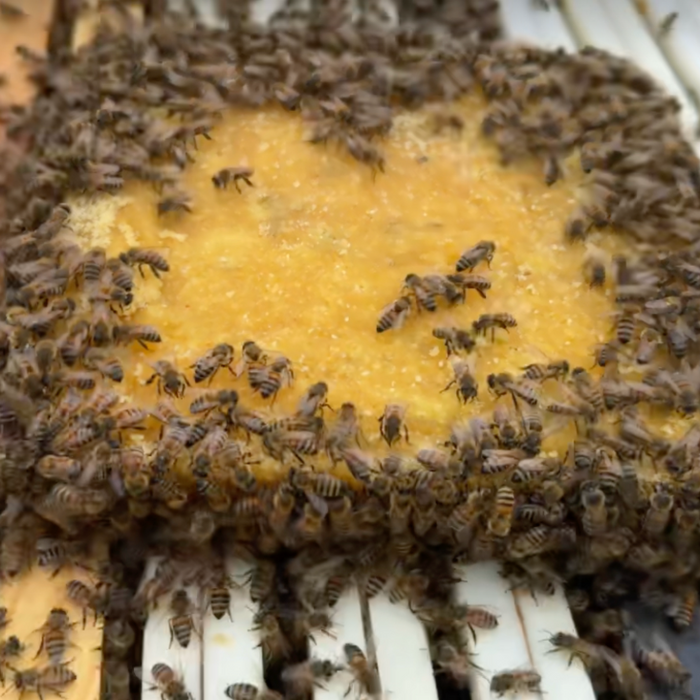
Late Summer = Winter Prep 🐝
Your bees are already storing up—make sure they have what they need: honey, protein, and a strong queen.
Feed early, feed smart. What you do now shapes spring survival.

Fall Varroa Management: Test Before You Treat
Fall is a critical time to stay ahead of Varroa mites—but guessing isn’t good enough. Testing tells you exactly when and how to treat, giving your bees the best shot at winter survival. Use proven methods like the alcohol wash or sugar roll to check mite levels, then treat accordingly with season-appropriate options. The key? Test, treat if needed, and time it right.